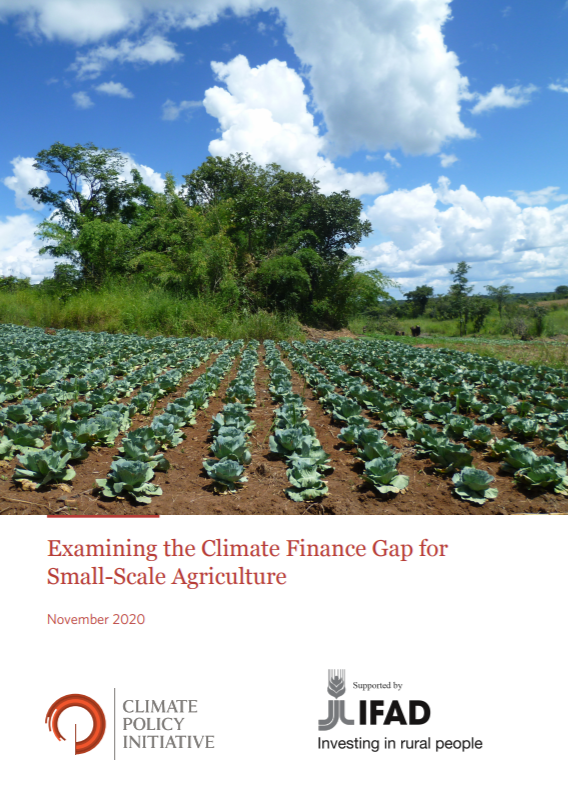Summary
Small-scale farmers operating on less than 5 hectares of land represent around 95% of world’s farms and a cumulated area equivalent to 20% of the global farmland. In Asia and Sub-Saharan Africa, small-scale farmers are estimated to provide up to 80% of the food produced. However, access on climate finance is difficult for these actors.
The total climate finance targeting small-scale agriculture is sourced 95% from the public sector. It represents 1.7% of the total climate finance tracked and it covers only a small fraction of the general needs of small-scale agriculture actors.
Moreover, small-scale farmers in developing countries are disproportionately experiencing the effects of climate change and variability and are at risk of external shocks such as the Covid-19 pandemic. As a result, nearly half (49%) of the tracked small-scale agriculture climate finance was for climate adaptation projects (mainly to fund climate resilient infrastructures). In comparison, 93% of the total climate finance is targeting mitigation activities.
Despite that climate finance for small-scale agriculture is disproportionately low, it has a major opportunity to bridge the immediate need for increased climate resilience of small-scale producers and their communities. In order to achieve that, public resources can de-risk investment in agricultural development and data collection has to be improved to cover the major information gaps.



